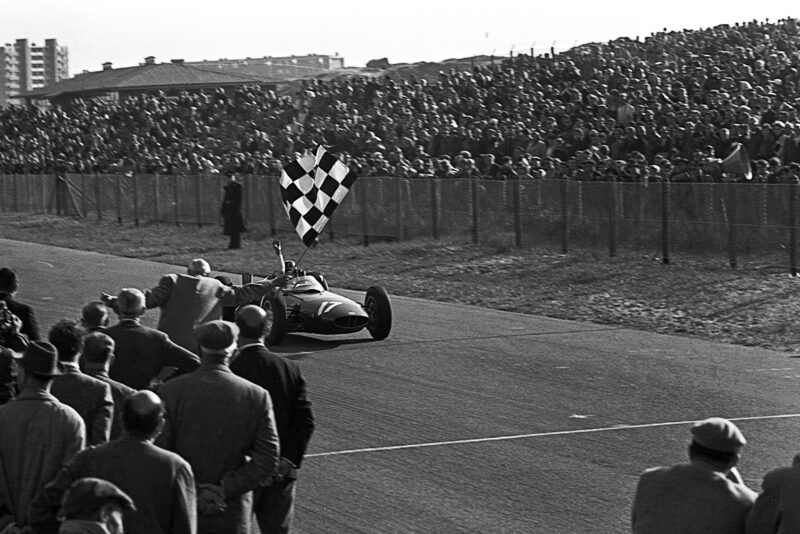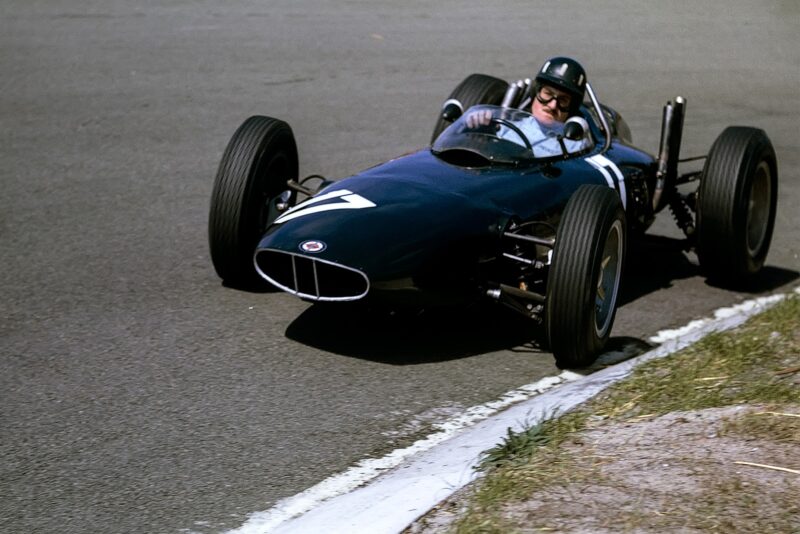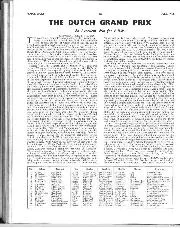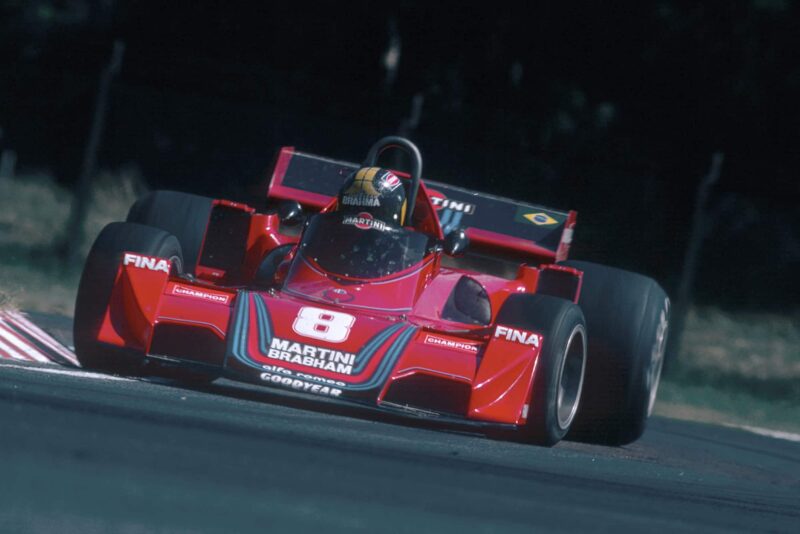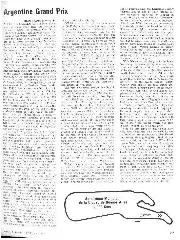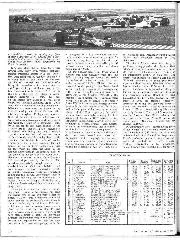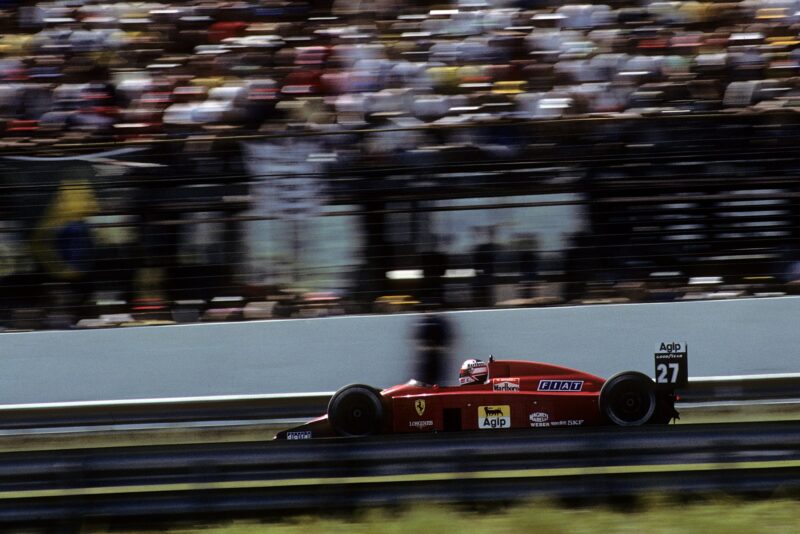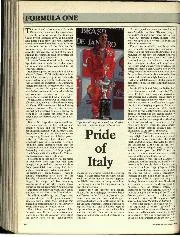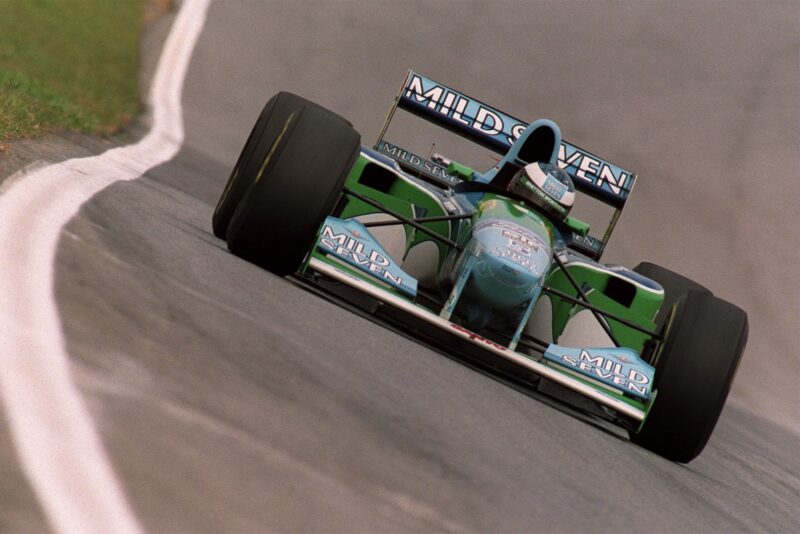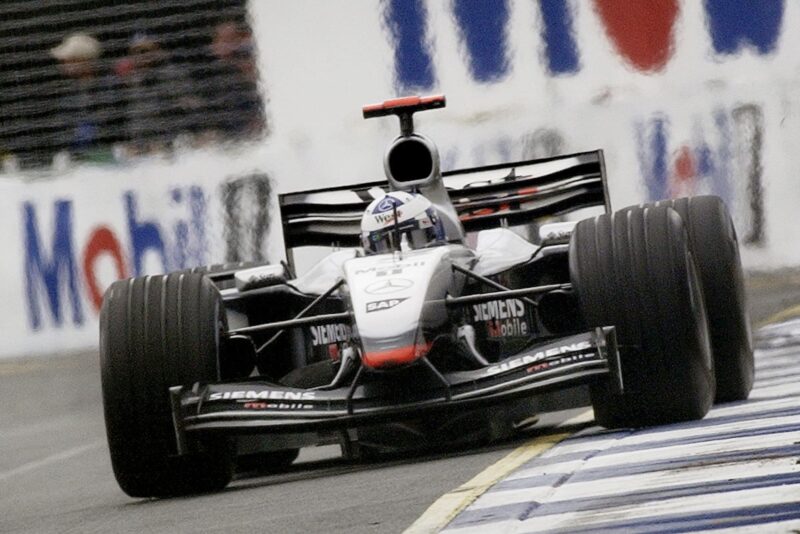They had Ferrari-matching power plus better chassis and drivers. Ferrari also between seasons had a walkout of key staff to ill-starred ATS.
And it was unlikely teams that took over. BRM and Team Lotus prior to ’62 had only a single F1 world championship race win each.
But, in advance of the Dutch Grand Prix season-opener, BRM’s Graham Hill and Lotus’s Jim Clark won two non-championship races apiece. Then Zandvoort’s championship round one confirmed the new lay of the land.
Hill and Clark were on the front row while the best Ferrari, of reigning champion Phil Hill, was ninth out of twenty. Hill then won the race comfortably after Clark hit clutch problems, and the pair dominated for years.
The game had changed.
